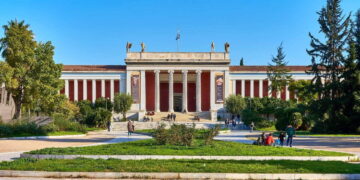The National Archaeological Museum of Athens is not just a repository of antiquities; it’s a living testament to Greece’s extraordinary past. Its history is as fascinating as the artifacts it houses. The museum was founded in 1866, a time when Greece was in the throes of nation-building and seeking to assert its identity on the world stage.
The collection initially comprised a modest assortment of antiquities, but it grew rapidly over the years through donations, excavations, and acquisitions.
Today, the Athens Museum Greece stands as one of the largest and most important archaeological museums globally, with an unrivaled collection spanning thousands of years of history. Its imposing neoclassical building, designed by Léo von Klenze, is an architectural masterpiece in its own right, providing a fitting setting for the priceless treasures within.
A Glimpse Into National Archaeological Museum of Athens
1. The Mask of Agamemnon
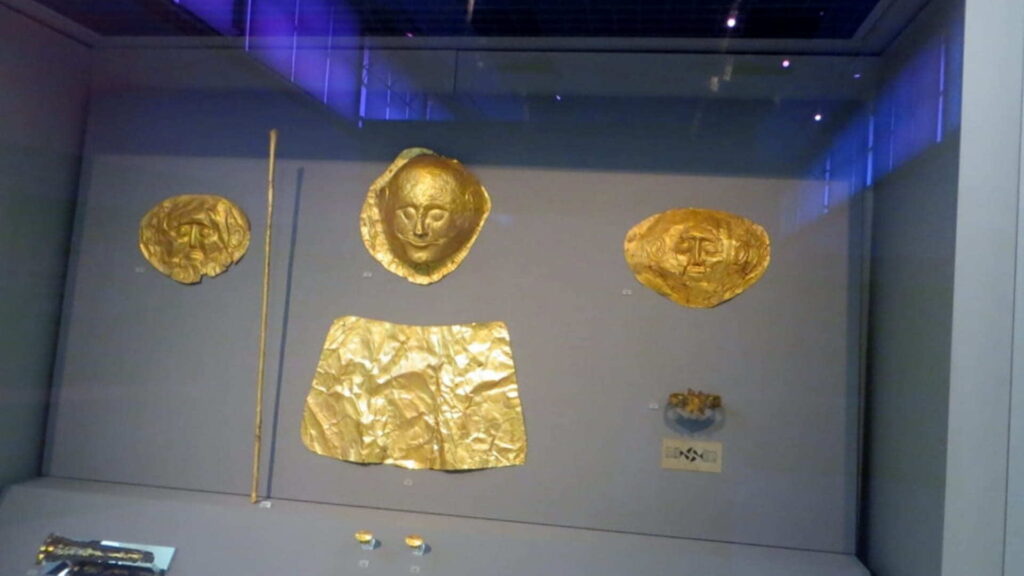
The Mask of Agamemnon is undoubtedly one of the most iconic exhibits of Athens Museum Greece. This exquisite gold death mask, discovered in the 19th century by Heinrich Schliemann during excavations in Mycenae, has captivated the imaginations of people worldwide.
While there is some debate about whether it is indeed Agamemnon’s likeness, the mask represents a pinnacle of ancient goldsmithing and stands as an eternal symbol of the Mycenaean civilization’s artistic achievements.
2. The Antikythera Mechanism
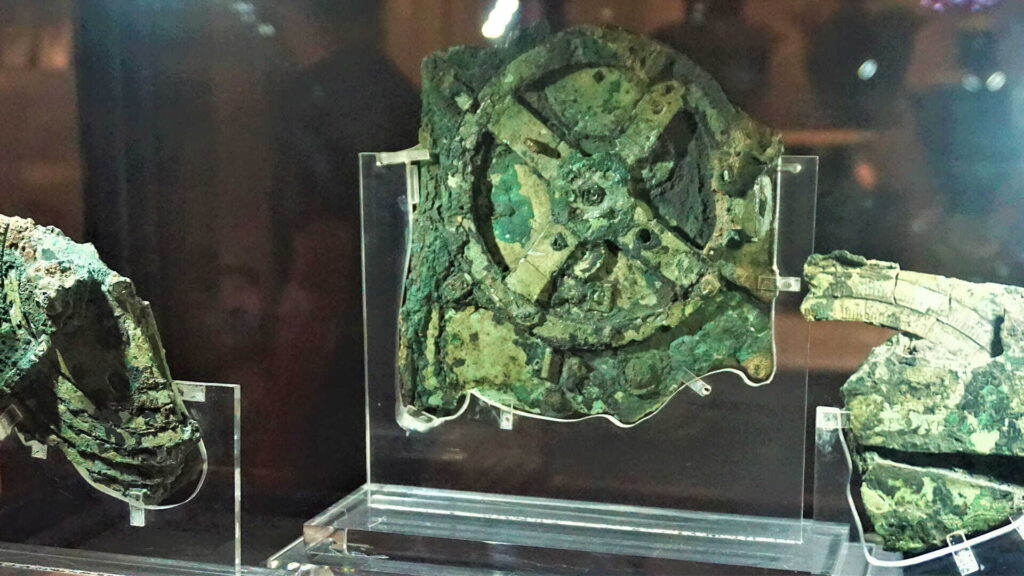
The Antikythera Mechanism, discovered in a shipwreck off the coast of Antikythera, is one of the most world-renowned enigmatic artifacts in the National Archaeological Museum of Athens.
Dating back to approximately 100 BC, this complex device contains a series of gears and dials and is often referred to as the world’s first analog computer. It was used to predict celestial events, a testament to the Greeks’ advanced understanding of astronomy and mechanics.
3. The Bronze Collection
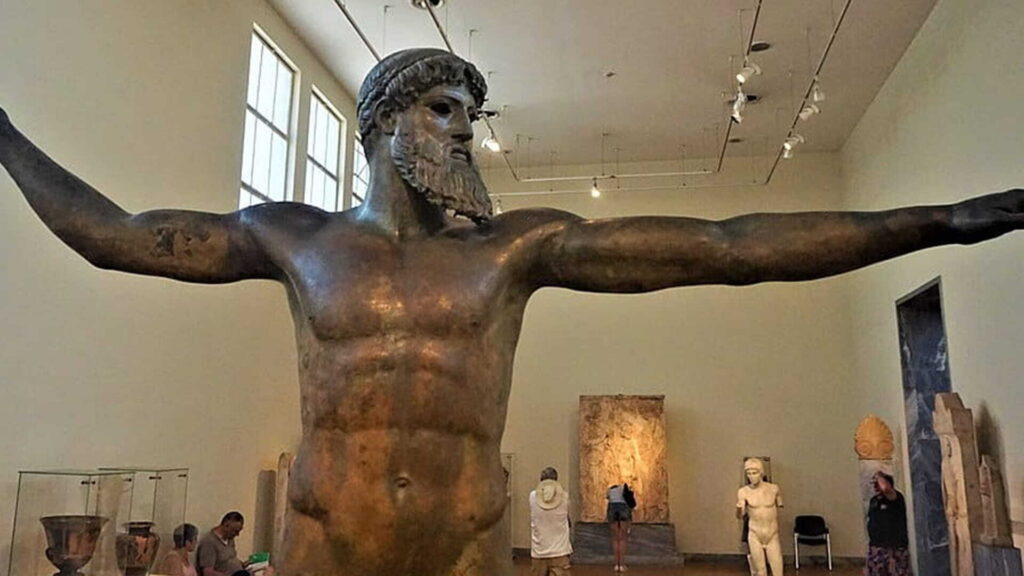
The museum’s extensive collection of bronze statues showcases the remarkable skill of ancient Greek sculptors. Among these, the Artemision Jockey, the Antikythera Youth, and the Poseidon of Artemisium are standouts.
These well-known and world-renowned lifelike sculptures demonstrate the Greeks’ mastery of the human form, as well as their ability to capture movement, emotion, and character in bronze.
4. The Frescoes from Akrotiri
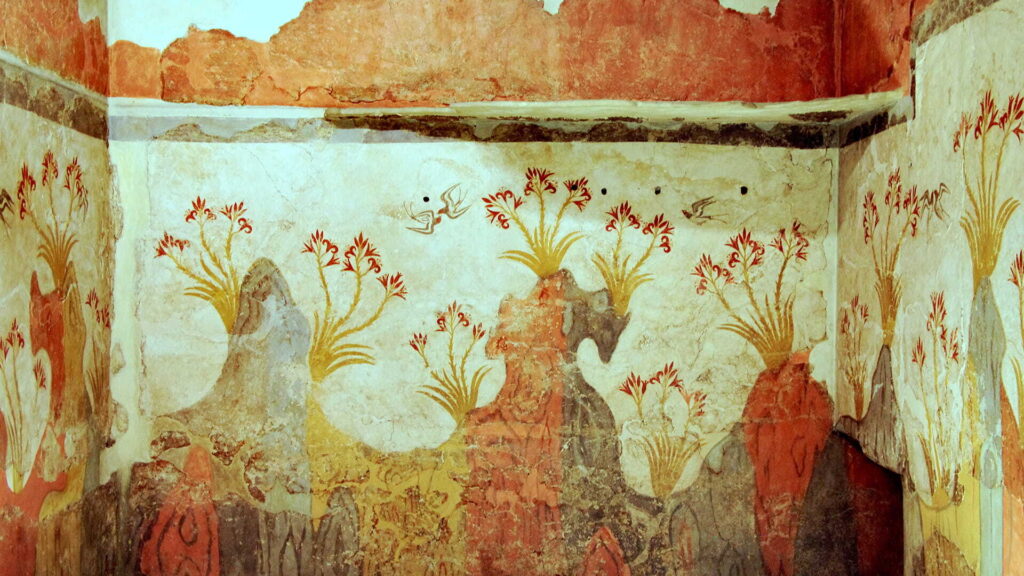
The vibrant frescoes from the ancient city of Akrotiri on the island of Santorini offer a window into the daily life and culture of the Minoan civilization.
Preserved beneath volcanic ash from the eruption of Thera in the 17th century BC, these beautifully detailed artworks depict nature, landscapes, and various aspects of daily life. They give us an intimate glimpse into a society that existed over 3,600 years ago.
5. The Marathon Boy
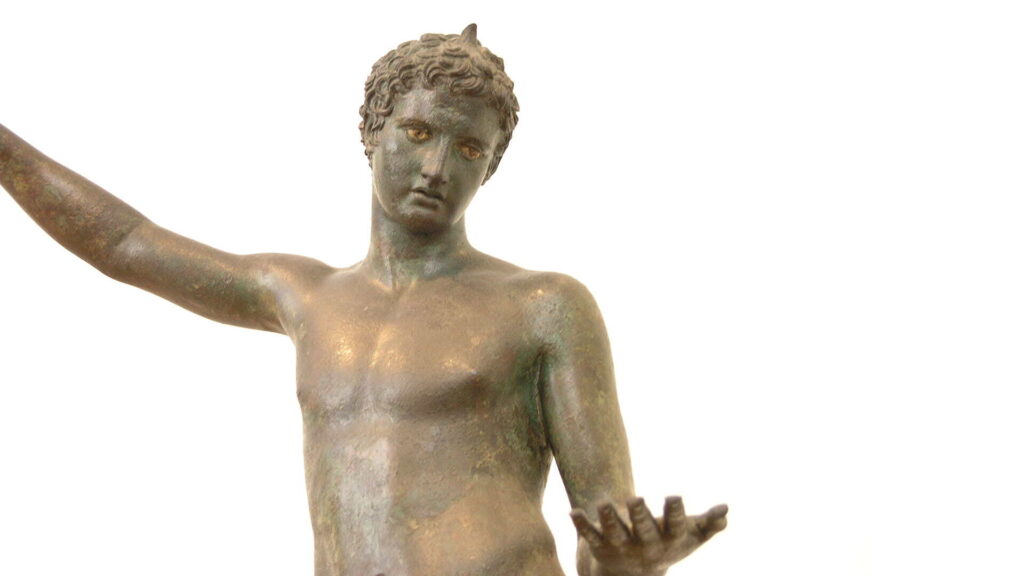
The Marathon Boy, an exquisite world-renowned bronze sculpture from the 4th century BC, captures a young athlete in a moment of repose as he ties his sandal.
This piece is a testament to the Greeks’ ability to convey both physical grace and a sense of narrative in their art in the Athens Museum Greece. It is one of the many examples in the museum where the sculptor’s skill transcends time and resonates with contemporary viewers.
6. The Mask of Sappho
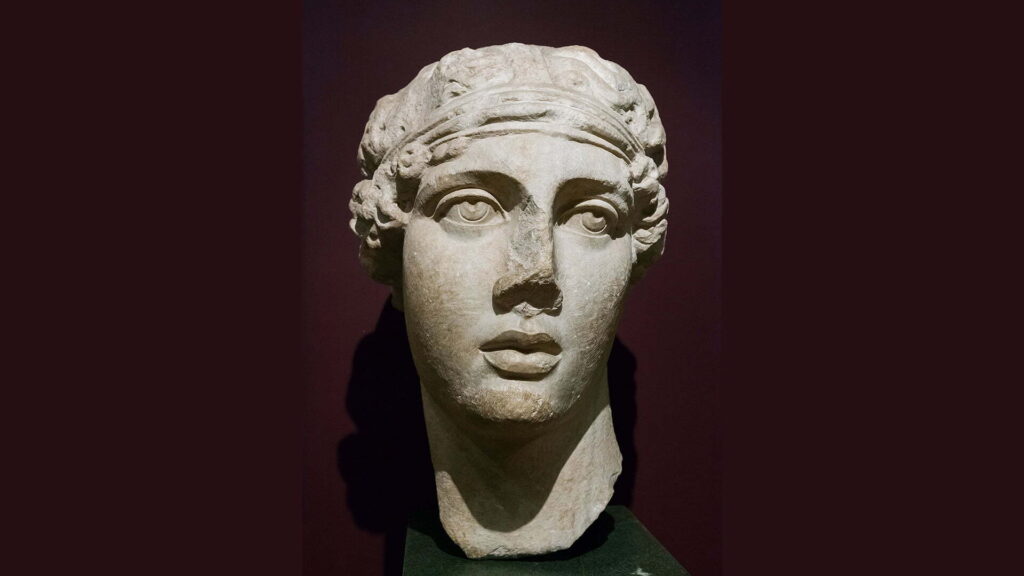
Sappho, well-known for her lyrical poetry and her association with the island of Lesbos, is a legendary figure in the world of literature. In the National Archaeological Museum of Athens, The Mask of Sappho provides a rare glimpse into the physical appearance of this celebrated poetess. It offers a unique connection to a historical figure whose words have continued to inspire and move people for centuries.
7. The Cultural Significance
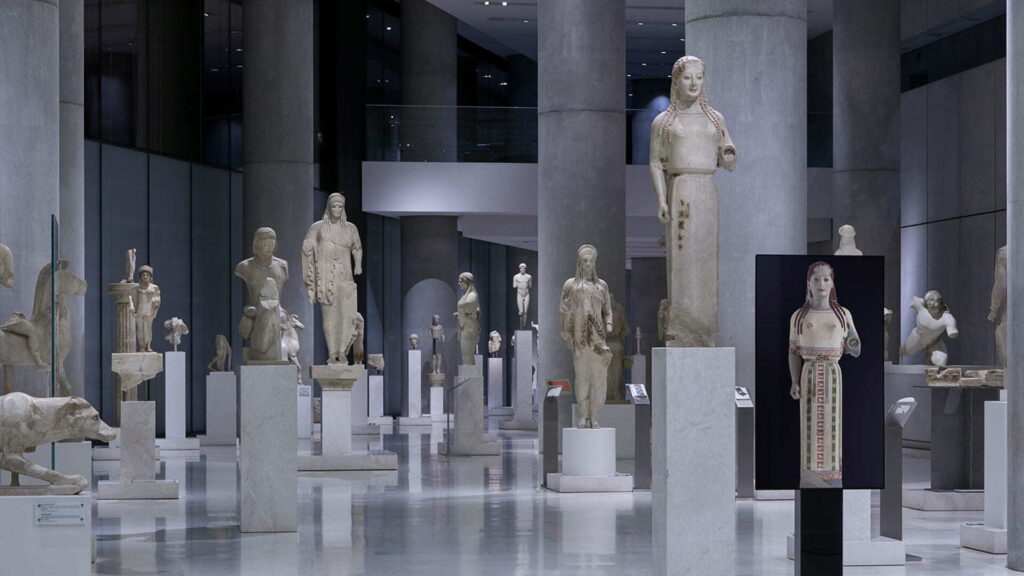
The National Archaeological Museum of Athens isn’t just a repository of artifacts; it is a cultural ambassador, telling the story of Greece to the world. Its role extends beyond preserving history; it actively contributes to the exploration, understanding, and promotion of Greece’s cultural heritage.
The Athens Museum Greece also plays a pivotal role in education. It serves as a training ground for archaeologists, art historians, and researchers who seek to unlock the mysteries of the past. It offers a tangible link between contemporary Greece and its storied history, reinforcing the sense of national identity and pride.
Rick Steves’ Europe Travel Guide, by featuring this Athens museum Greece, not only shares its treasures with a global audience but also encourages a deeper understanding of Greece’s profound cultural legacy.
Conclusion
Visiting the National Archaeological Museum of Athens is an immersive journey through time. It connects visitors to the grandeur of ancient Greece, its artistic achievements, and its vibrant cultural tapestry. Rick Steves’ Europe Travel Guide gives us a tantalizing glimpse into this remarkable institution, but it’s important to remember that the full experience of the Athens Museum Greece is beyond what any guide, no matter how well-crafted, can convey. It’s a voyage into the heart of Western civilization, where history and art intertwine to create a profound connection to the past.
In a world where everything seems to move at breakneck speed, the Athens Museum Greece reminds us of the enduring importance of history and culture. It stands as a symbol of the power of art and the resilience of a nation. Every artifact within its hallowed halls speaks of the people who created them, their aspirations, and the indomitable human spirit.
A visit to the National Archaeological Museum of Athens is not just a journey through the ages; it’s a chance to be touched by the hands of time itself.





